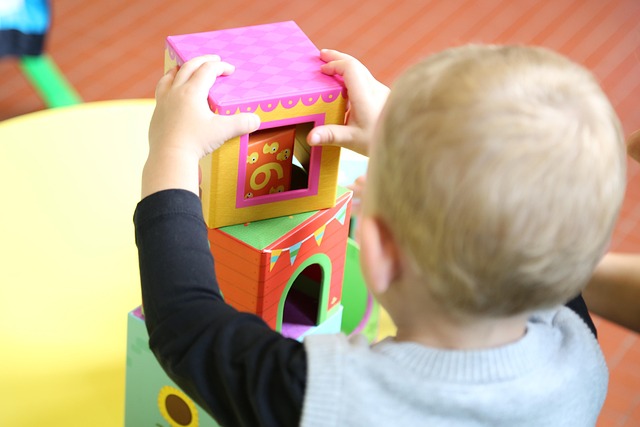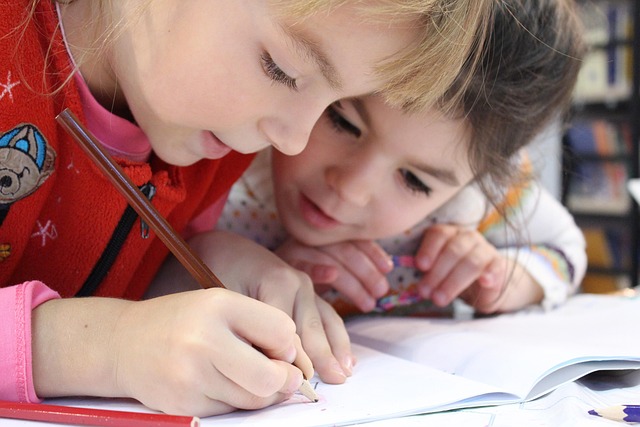The Importance of Co-Curricular Activities in Primary Schools: Benefits for Holistic Development

The Importance of Co-Curricular Activities in Primary Schools: Benefits for Holistic Development
Introduction:
Education goes far beyond textbooks and classroom lectures. In today’s dynamic world, the role of co-curricular activities in primary schools is becoming increasingly significant. These activities not only break the monotony of academic learning but also contribute to the overall development of a child. From building confidence and social skills to enhancing creativity and emotional intelligence, co-curricular programs shape young minds in powerful ways.
This post explores the importance, benefits, and examples of co-curricular activities in primary education and why schools should prioritize them alongside academics.
What Are Co-Curricular Activities?
Co-curricular activities are those activities that fall outside the standard academic curriculum but complement classroom learning. These include art, music, dance, sports, drama, debates, gardening, and various club activities. They are usually conducted within or just after school hours and help in developing a variety of essential life skills in students.
Why Co-Curricular Activities Matter in Primary School
Primary school is the foundation stage of education. It’s the phase when children are most impressionable and open to learning through play, exploration, and social interaction. Introducing co-curricular activities at this stage offers numerous benefits:
- Enhances Social Skills: Participating in group activities teaches students to collaborate, communicate, and resolve conflicts.
- Boosts Confidence: Performing on stage, playing sports, or winning small competitions helps build self-esteem and public speaking skills.
- Encourages Creativity: Activities like painting, music, and drama stimulate imagination and creative thinking.
- Improves Physical Health: Sports and outdoor activities promote fitness, coordination, and motor skills development.
- Teaches Time Management: Balancing studies and hobbies instills discipline and organizational skills.
- Promotes Emotional Well-being: Children express emotions better and cope with stress through creative outlets like dance, drawing, or storytelling.
Academic and Cognitive Benefits
Contrary to the belief that co-curricular activities distract students from studies, they actually enhance academic performance. Here’s how:
- Develops memory and concentration through music and drama
- Improves logical thinking via chess, science clubs, and math games
- Reinforces concepts taught in class through practical application
- Makes learning more enjoyable and engaging
Examples of Effective Co-Curricular Activities for Primary Students
Here are some commonly offered activities that contribute to holistic development:
- Art & Craft – Develops fine motor skills and creativity
- Music & Dance – Builds rhythm, coordination, and cultural awareness
- Sports – Encourages fitness, teamwork, and healthy competition
- Storytelling & Drama – Enhances language skills and confidence
- Quiz & Debates – Improves critical thinking and general awareness
- Science Experiments – Promotes curiosity and innovation
- Yoga & Meditation – Supports mental well-being and focus
- Club Activities (Nature Club, Language Club, etc.) – Builds interests and hobbies
Role of Teachers and Parents
To make co-curricular activities meaningful, there must be a joint effort between schools, teachers, and parents.
- Teachers should encourage participation and help identify each child’s strengths and interests.
- Parents should support their children’s involvement and avoid putting pressure solely on academics.
- Schools should provide adequate infrastructure, trained instructors, and diverse activity choices.
Tip: Appreciation, encouragement, and even small rewards can go a long way in motivating children.
Challenges and How to Overcome Them
Despite the benefits, some schools or parents hesitate to promote co-curricular activities due to concerns like:
- Lack of time due to heavy academic schedules
- Insufficient funds or space in schools
- Fear that non-academic focus reduces grades
Solutions include:
- Integrating short activity periods within the daily timetable
- Seeking community support and local partnerships for resources
- Educating parents on the long-term benefits of a well-rounded child
Long-Term Impact of Co-Curricular Activities
Children who actively engage in co-curricular programs often grow into:
- Confident public speakers
- Strong team players and leaders
- Innovative thinkers and problem solvers
- Emotionally resilient and socially mature individuals
Such qualities are highly valued in future academic pursuits, job opportunities, and personal relationships.
Conclusion
Co-curricular activities in primary schools are not “extra”—they are essential. These experiences form the backbone of a child’s holistic development, making them smarter, stronger, and more socially aware. As we aim to nurture well-rounded students for tomorrow’s world, it’s crucial to balance books with the brush, bat, and stage.
Let’s celebrate and promote a school culture that values both academics and activities—because a curious, happy, and active child learns best!
💡 Share this post with educators, parents, and school leaders who want to create impactful learning experiences for children.
Hi, I’m Hamid Ali, an MSc in Biotechnology and a passionate Lecturer of Biology with over 11 years of teaching experience. I have dedicated my career to making complex biological concepts accessible and engaging for students and readers alike.
Beyond the classroom, I’m an avid blogger, sharing insights, educational resources, and my love for science to inspire lifelong learning. When I’m not teaching or writing, I enjoy exploring new advancements in biotechnology and contributing to meaningful discussions in the scientific community.
Thank you for visiting my blog! Feel free to connect and explore more of my work.






